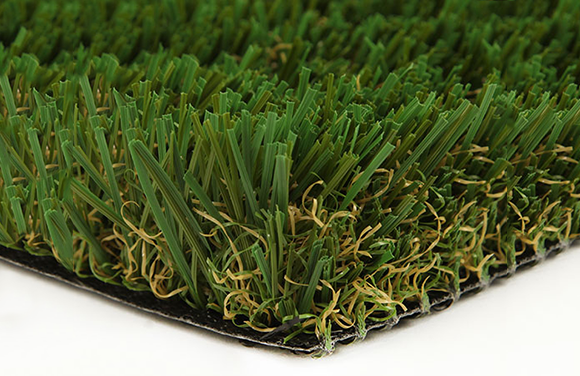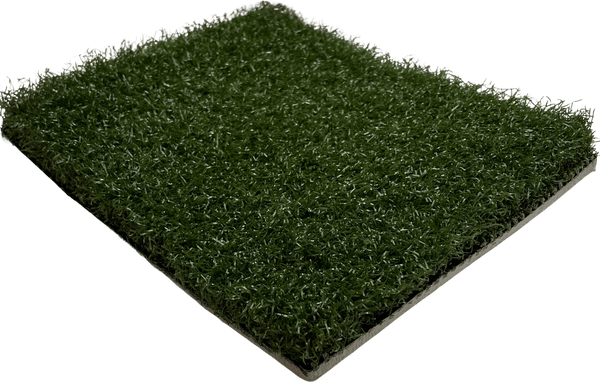Find Reliable Artificial Turf Companies Phoenix for Your Landscaping Needs
Find Reliable Artificial Turf Companies Phoenix for Your Landscaping Needs
Blog Article
Delve Into the Environmental Benefits of Opting for Artificial Lawn Solutions
The adoption of synthetic grass remedies presents a compelling chance to attend to pushing environmental difficulties. By substantially lowering water use and reducing the application of dangerous chemicals, these alternatives not just promote lasting landscaping but also shield local environments. Moreover, the reduced carbon footprint related to decreased maintenance activities adds to a much more sustainable strategy to land monitoring. The ramifications of these benefits prolong past mere conservation initiatives, raising questions about their long-lasting influence on environment preservation and total eco-friendly equilibrium. Checking out these measurements discloses a complicated interplay worth thinking about.
Water Conservation Advantages
One of one of the most significant benefits of synthetic grass is its capability to preserve water. Traditional yard lawns require substantial irrigation, especially in areas prone to drought or water constraints. In contrast, artificial lawn does not require watering, substantially decreasing the total need for water resources. This feature is especially useful in deserts where water shortage is a pushing worry.
By getting rid of the need for regular watering, synthetic grass adds to sustainable landscape practices and assists mitigate the ecological influence of extreme water consumption. In addition, the conservation of water includes the reduction of overflow, which can lead to dirt disintegration and river contamination.
Furthermore, the setup of synthetic grass enables house owners and municipalities to allot water resources extra efficiently, concentrating on vital usages such as alcohol consumption water and farming. The change in the direction of synthetic grass not only promotes liable water use however likewise straightens with wider ecological goals targeted at protecting natural deposits.
As neighborhoods progressively focus on sustainability, the water conservation advantages of fabricated lawn present a compelling instance for its fostering in business and household landscape design jobs.
Decreased Chemical Use
The change to synthetic grass substantially lowers the dependence on chemical treatments generally made use of in natural grass maintenance. Conventional grass monitoring typically entails the application of plant foods, herbicides, and chemicals to advertise development and control bugs. These chemicals can position risks to human health, neighborhood wild animals, and the setting, adding to soil and water contamination.
In comparison, fabricated turf removes the need for these hazardous substances. By minimizing the release of synthetic compounds into the environment, artificial lawn advertises healthier soil and water systems.
Furthermore, the lack of chemical drainage connected with synthetic grass installments assists shield local waterways from pollution, sustaining water life and preserving biodiversity. Phoenix turf companies. As communities increasingly focus on lasting practices, choosing synthetic grass presents a viable remedy that straightens with environmental conservation objectives. With this change, property owners can appreciate lush green rooms without compromising ecological wellness, paving the method for a more lasting future
Reduced Carbon Footprint

In addition, Read Full Article the installation of artificial grass can cause considerable water conservation. Natural yards call for significant amounts of water for watering, which not only includes to the carbon footprint connected with water extraction and therapy yet likewise strains neighborhood water resources. In comparison, man-made lawn needs very little maintenance, needing no watering, therefore significantly minimizing water usage and its associated power expenses.
Additionally, the durability of synthetic grass adds to its reduced carbon effect. With a lifespan of approximately 15 years or more, the need for constant substitutes is decreased, leading to less waste and lower power intake in manufacturing and disposing of traditional yard options. On the whole, synthetic grass presents a lasting option for eco conscious landscape design.
Environment Preservation
Habitat preservation is a critical consideration in the dispute over landscaping choices, specifically when contrasting synthetic grass to natural lawn. Natural turf lawns usually need considerable maintenance, consisting of the use of pesticides, fertilizers, and herbicides, which can detrimentally influence local ecological communities. These chemicals can leach into the soil and rivers, hurting native vegetation and fauna and disrupting neighborhood environments.
On the other hand, synthetic grass presents a possibility to reduce the environmental footprint of landscape design. By going with artificial lawn, homeowners can lessen the disturbance of all-natural environments connected with standard lawn treatment methods. Synthetic lawn gets rid of the demand for unsafe chemicals, therefore securing close-by wildlife you could try this out and preserving the honesty of bordering ecosystems. The setup of man-made grass can lead to the conversion of former grass areas into more biodiverse landscapes, such as pollinator gardens or native plant locations, which can sustain regional wild animals.
Eventually, the change to synthetic grass not just saves water and minimizes maintenance efforts but likewise fosters an extra unified partnership in between human activities and the native environment, promoting habitat conservation in the procedure.
Long-Term Sustainability
Long-lasting sustainability is an important consider assessing the benefits of synthetic grass over typical grass yards. One of one of the most substantial advantages of synthetic grass is its durability; it can last up to 15-20 years with very little upkeep, whereas all-natural turf calls for frequent reseeding and replacement. This long life lowers the requirement for consistent sources, such as water, fertilizers, and chemicals, which are necessary for keeping a healthy and balanced yard lawn.
Additionally, fabricated lawn adds to a reduction in carbon emissions related to lawn care devices. Traditional grass usually call for gas-powered lawn mowers, trimmers, and blowers, every one of which add to air contamination. Turf installation phoenix az. In comparison, synthetic grass gets rid of the need for such equipment, advertising a cleaner environment
Additionally, the manufacturing of synthetic grass progressively utilizes recycled materials, enhancing its sustainability account. As manufacturers take on eco-friendly methods, the environmental footprint of fabricated lawn remains to decrease.

Verdict
The fostering of synthetic lawn services presents considerable environmental advantages, consisting of significant water conservation, decreased reliance on unsafe chemicals, and a reduced carbon impact. Furthermore, synthetic grass help in preserving all-natural habitats by minimizing land disruption and advertising lasting look at here sustainability with the usage of resilient products. Jointly, these factors emphasize the possibility of fabricated grass to add positively to ecological wellness and offer a practical alternative to conventional landscape design techniques in an increasingly resource-conscious world.
In comparison, man-made lawn does not require watering, considerably minimizing the total need for water sources. By reducing the launch of synthetic compounds into the community, fabricated grass promotes much healthier dirt and water systems.
Furthermore, the installation of man-made turf can result in significant water preservation. In contrast, synthetic turf needs marginal maintenance, calling for no watering, therefore substantially minimizing water use and its linked energy costs.

Report this page